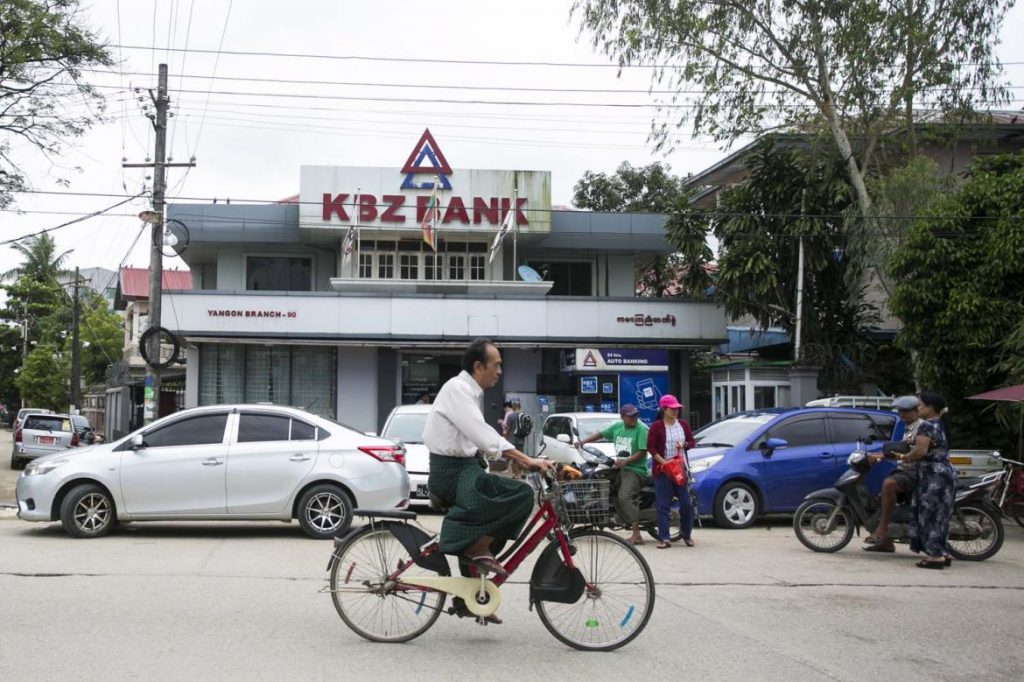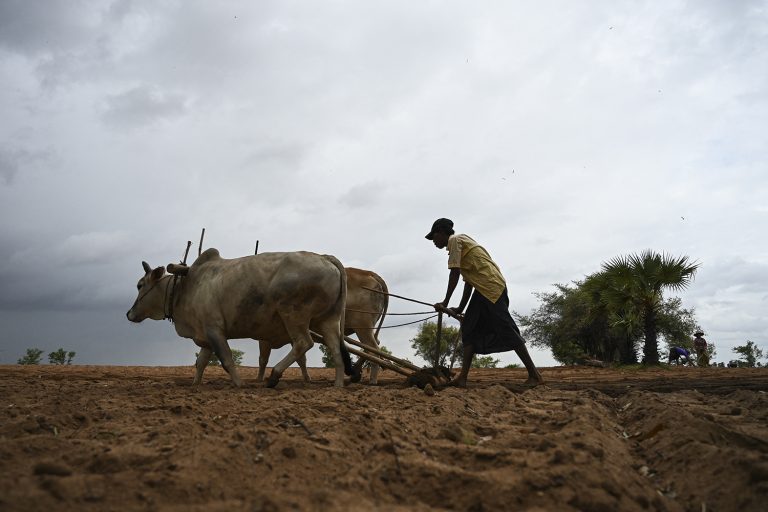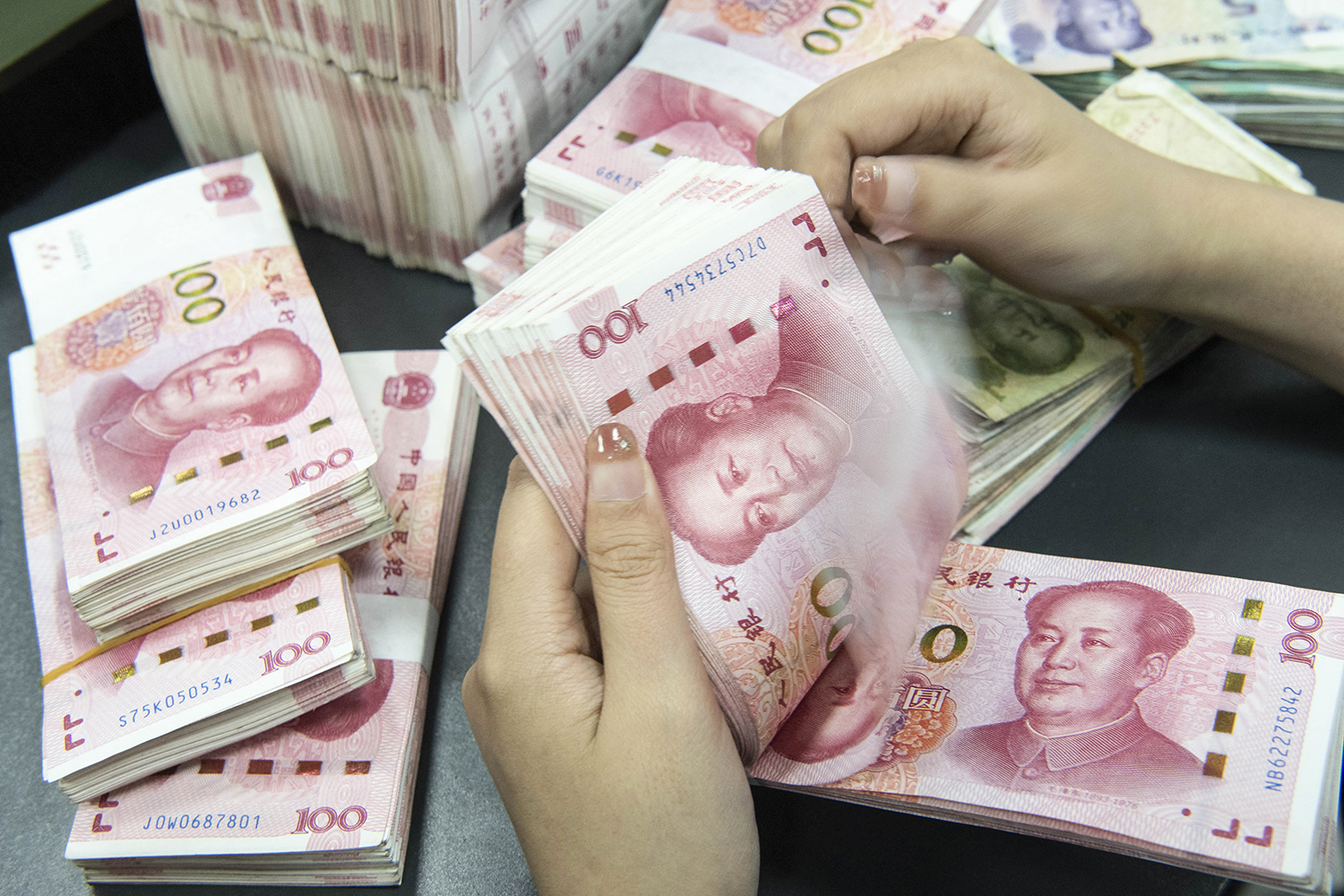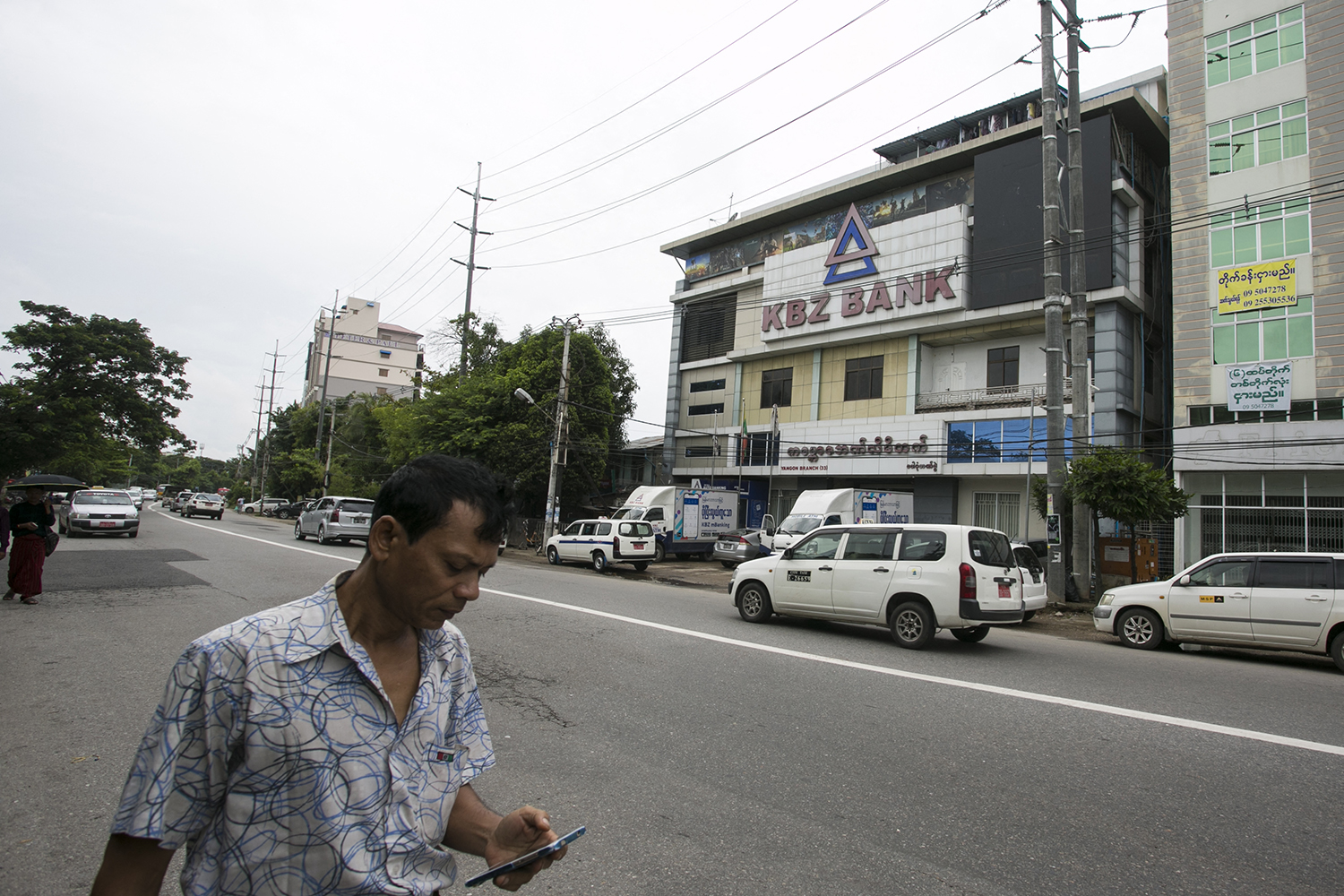The market for government bonds is picking up and now covers the budget deficit, but some players say the Central Bank of Myanmar needs to do more to boost sales.
By KYAW LIN HTOON | FRONTIER
MYANMAR’S treasury bond market is beginning to gain momentum in a development that is generating more funding for the government and contributing to a strengthening of the financial sector.
The sale of treasury bonds and bills issued by the Central Bank of Myanmar covered the government’s budget deficit last fiscal year, far exceeding its target of 20 percent.
Mr Sean Turnell, economic adviser to State Counsellor Daw Aung San Suu Kyi called the achievement “one of the very great success stories of macroeconomic management” and said that the years of printing money to finance deficits in Myanmar are “just about over”.
CBM deputy governor U Soe Thein has said that the government expects the sale of bonds to also cover the budget deficit in the coming fiscal year.
Support more independent journalism like this. Sign up to be a Frontier member.
This is despite the fact the Ministry of Planning and Finance expects the total deficit to be as high as K7 trillion (US$4.6 billion) and the deficit-to-GDP ratio to rise to 5.9 percent, from 4.6pc last year.
But the central bank’s target is feasible, because monthly MoPF bond and treasury bill auctions are consistently well-subscribed, despite the cap on interest rates at around 10 percent and the lack of a liquid secondary market.
And the journey is only just beginning. We take a look at the progress made so far and the steps the central bank and the MoPF are taking to promote public saving and to encourage the development of Myanmar’s fixed income markets.
A slow start
Treasury bonds are nothing new in Myanmar. They were first issued under the military junta, the State Law and Order Restoration Council, when the CBM was still part of the former Ministry of Finance and Revenue.
In 1993, the central bank started issuing three-year and five-year bonds in denominations of K10,000 and K100,000.
The first buyers were insurance companies, particularly after the finance ministry issued a notification in 1997 that required insurers or underwriting agents to buy treasury bonds equal to 30 percent of their paid-up capital.
Bonds and treasury bills were sold directly by the central bank in the past, but the Treasury Department assumed that role in 2015, two years after the central bank became independent, and began selling them at monthly auctions.
After laws and regulations for financial management were reformed that same year, the government began issuing bonds in larger denominations of up to K10 million – although the longest duration remains five years.
Transactions take place in what is known as primary market, in which the other players besides the insurers are private and state-owned banks, foreign banks with branches in Myanmar, and securities companies.
The difference between the insurers and the other players is that the latter are exempt from must-buy provisions. This includes the banks that are the main investors in insurance companies.
While insurance companies are obliged to invest in government bonds, other institutional investors such as banks and securities companies will only participate in the auctions if they consider the bonds to be a good investment.
Market rates
The government bond market is not yet entirely competitive, which means that interest rates are capped by the government at about 10pc and don’t fully reflect market demand.
Turnell said he hoped that the system would soon be made more flexible, allowing bond yields to reach the market.
“Hopefully, that will be happening soon. And it could be a way of establishing a more open framework generally, with a fair interest rate,” he said.
U Myo Min Thu, managing director of AYA Myanmar Insurance (AMI), an institutional investor, said he understands that investors may want higher returns, but that they should also consider the wider picture.
“We need to be aware that it is not always good for the interest rates [on treasury bonds] to rise. It may be good for a short period, but it’s not good in the long run,” he told Frontier.
The higher the interest rates the more it costs the government, and this could mean higher taxation in the long run, he warned.
Either way, the informal rate cap doesn’t seem to have significantly dampened demand.
Bonds currently sell slightly below 10pc, in a range of around 9.5pc to 9.8pc, depending on their duration.
This is higher than the bank deposit rate of 8pc, meaning that banks can make a profit by investing their deposits in government bonds.
They can make even higher returns by issuing loans at 13pc interest, but bonds carry lower risk, so they provide an alternative investment.
Banks can also sell their bonds back to the central bank in return for cash – something they can’t do once they’ve issued a loan.
But while bonds are more liquid than loans, Myanmar does not yet have a functioning secondary market, where bonds can easily be traded between investors.
‘The last option’
The perception of many investors is that the market is still in its infancy and the CBM needs to be doing more to make it attractive.
“Bonds are the last option when we have no more businesses with sound credibility to lend to,” said U Than Lwin, a senior adviser to KBZ Bank and a former deputy central bank governor.
“We need a variety of different types of bonds for the banks to be able to choose from. And most importantly, for a bond market to flourish, the first thing it needs is trading and the CBM needs to create such a market.”
He said that as well as selling treasury bonds, the central bank also needs to make it easier for banks to sell them back before their terms have expired. It could also promote trading by issuing longer-duration bonds, he said, and by raising awareness.
Treasury department director Daw Thin Thin Su agreed that the bond market needs developing.
“We are trying our best to grow it with the help of international organisations, such as the World Bank, Asian Development Bank, International Finance Corporation, and so on,” she said.
The Asian Development Bank provided assistance to the government to establish the Debt Management Division of the MoPF and is working closely with the ministry to develop a secondary market for treasury bonds, while the International Finance Corporation is working with the private sector to develop a corporate bond market.
U Htay Chun, a member of the Securities and Exchange Commission of Myanmar, said moves to issue corporate bonds were in their infancy. The Yangon Stock Exchange was studying with experts how it could help to sell corporate bonds.
Myo Min Thu welcomed the prospect of a corporate bond market. “If corporate bonds are issued by credible companies, the market will become livelier, and for us, the insurers, and also the banks, there will be more options to invest,” he said.
He said insurance companies would welcome treasury bonds issued for longer terms, such as 10 or 20 years. He also suggested that the government consider selling infrastructure bonds to support investment in infrastructure development projects.







